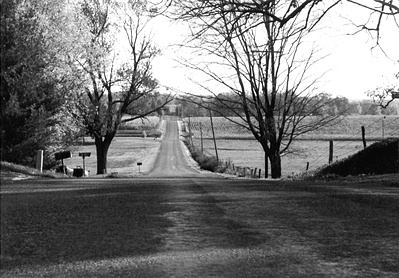All Nonfiction
- Bullying
- Books
- Academic
- Author Interviews
- Celebrity interviews
- College Articles
- College Essays
- Educator of the Year
- Heroes
- Interviews
- Memoir
- Personal Experience
- Sports
- Travel & Culture
All Opinions
- Bullying
- Current Events / Politics
- Discrimination
- Drugs / Alcohol / Smoking
- Entertainment / Celebrities
- Environment
- Love / Relationships
- Movies / Music / TV
- Pop Culture / Trends
- School / College
- Social Issues / Civics
- Spirituality / Religion
- Sports / Hobbies
All Hot Topics
- Bullying
- Community Service
- Environment
- Health
- Letters to the Editor
- Pride & Prejudice
- What Matters
- Back
Summer Guide
- Program Links
- Program Reviews
- Back
College Guide
- College Links
- College Reviews
- College Essays
- College Articles
- Back
How Clean is the Water That I Swim In?
When I was a kid I used to swim in the river with my friends. Little did I know that the river could be filled with a variety of pollutants such as weed killer, fertilizer and manure. Some of the pollutants in the river come from farming. There are ways to make farming cleaner for the environment. Farming practices have been improved with machinery, crops, and livestock over the years.
Manufacturers of tractors are making cleaner running equipment which puts less pollutants into air. Machinery has become cleaner running with equipment is getting more efficient with less waste in fuel use. More efficient ways of harvesting lets the farmers get more of a yield on each acre, therefore the land is used more productively. Tires on machines have improved with stronger rubber. Better tires means less rubber waste, since the farmers are not buying so many new tires when they go flat. Often after a flood an old tire will find its way to the shoreline of the river.
The land that is farmed is often planted with crops that need fertilizer, insecticides, fungicides, and weed killers that produce good yields. Manure from cattle gives great nutrients for the ground and the crops. Farmers are using chemicals smarter now days. They watch the weather and don’t apply herbicides on windy days. Sprays and fertilizers can be harmful to the environment, especially if they reach the rivers and streams. Rotating crops can benefit the soil. Different crops use different nutrients in the soil. They also benefit the soil differently. Alternating soybeans and corn over the years is one way farmers have found.
Government regulations with livestock over the years have also changed the environment. Certain amounts of land is needed depending on the number of animals. Having enough land for livestock to roam and feed on can prevent damage to the land. Cattle can damage the land if farmers keep animals near a hillside too long and they eat all the grass to the root. The grass needs roots to hold the hillside so when it is muddy it won’t cause a mudslide and erode the hill. The use of medicines that are given to livestock such as hormones and antibiotics have been greatly reduced. People are demanding milk with no hormones and grass fed beef. People are wanting this is because it is safer to have cow milk and meat. Farmers need to be careful where they spread manure so it doesn’t reach the rivers and streams. Livestock need to be kept away from waterways to prevent disease from the manure that runs off.
Over the years machinery, crops, and livestock have been improved greatly to make farming cleaner for the environment. With the continual improvement of farming practices to environment the earth will become cleaner. Every year it seems to become better and better than the year before. I will still continue to swim in the river, but I’ll make sure to rinse off afterwards.

Similar Articles
JOIN THE DISCUSSION
This article has 0 comments.
